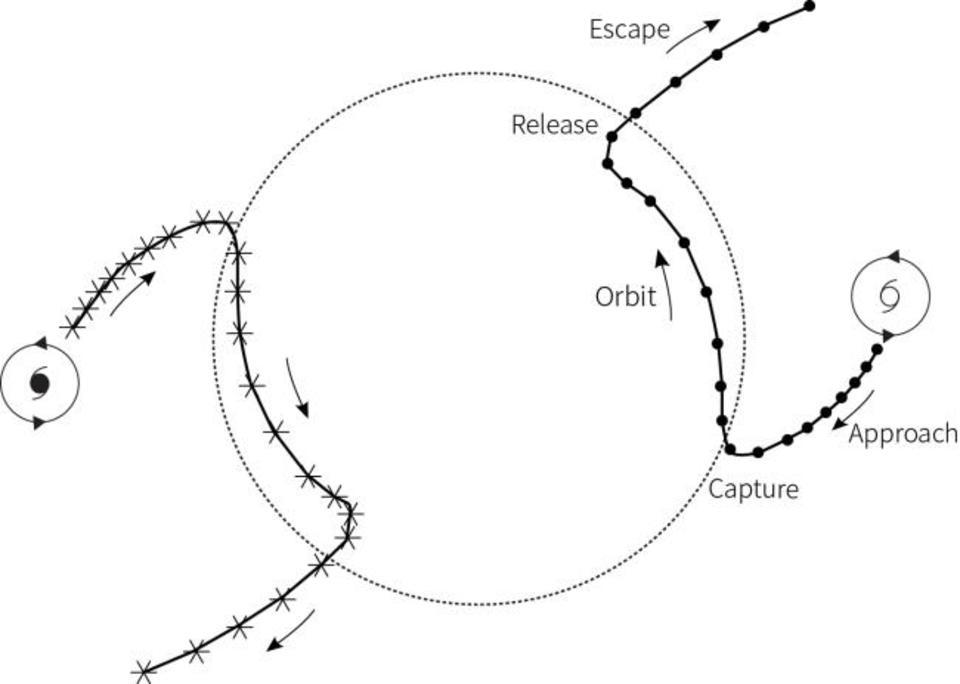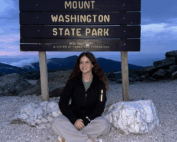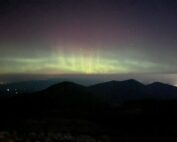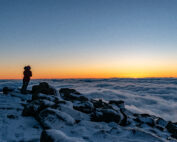The Fujiwhara Effect
2017-09-19 15:22:06.000 – Taylor Regan, Weather Observer
A few weeks ago, I wrote a post about the formation of hurricanes, to usher in the start of the hurricane season. Since then, we’ve seen multiple tropical cyclones form, even concurrently! Sometimes, these systems appear to revolve around each other as they move across the oceans. This is known as the Fujiwhara effect, after Japanese Meteorologist Sakuhei Fujiwhara, who first observed the phenomenon in a paper in 1921 describing the motion of vortices in water.
As the paths of two tropical cyclones pass within proximity of each other, they begin to interact. Fujiwhara found that as tropical cyclones approach each other, they begin to rotate counter-clockwise about a central point, with the degree of interaction increasing as the distance between the two systems decreases. Further studies have shown that the degree of interaction is dependent not only on the distance between the storm centers but also the strength and size of each storm as well as the overlying environmental setup.
 Figure 1. Fujiwhara effect resulting in two orbiting cyclones that break away. Photo from Hong Kong Observatory
Figure 1. Fujiwhara effect resulting in two orbiting cyclones that break away. Photo from Hong Kong Observatory Figure 2. Fujiwhara effect resulting in merger of two tropical cyclones. Photo from Hong Kong Observatory.
Figure 2. Fujiwhara effect resulting in merger of two tropical cyclones. Photo from Hong Kong Observatory.  Figure 3. GOES-16 over the Pacific July 25 – August 1 2017. Image from the Weather Channel.
Figure 3. GOES-16 over the Pacific July 25 – August 1 2017. Image from the Weather Channel.
Taylor Regan, Weather Observer
From Weather Observer to Intern, to Observer Again
From Weather Observer to Intern, to Observer Again By Madelynn Smith As I rode in the backseat of our Obs van up the Auto Road for the first time as a full-time employee at
From Mountains to More Mountains
From Mountains to More Mountains: This Time with Stronger Winds By Alyssa Bélanger On the observation deck in high winds. Hello there! My name is Alyssa Bélanger and I am a fall
From Summit to Sign-Off: My Farewell to the Rockpile
From Summit to Sign-Off: My Farewell to the Rockpile By Amy Cotter Enjoying my last Mount Washington sunset (for now) on September 13, 2025. After two incredible years with the Mount Washington




